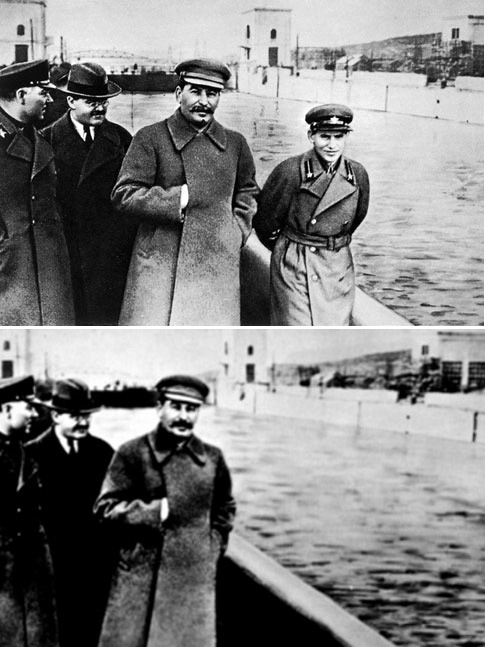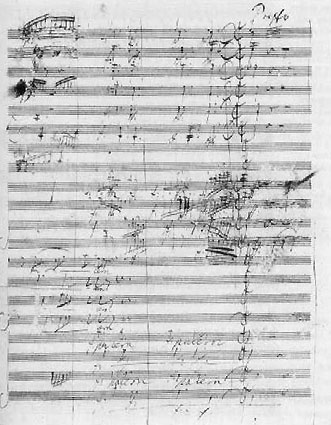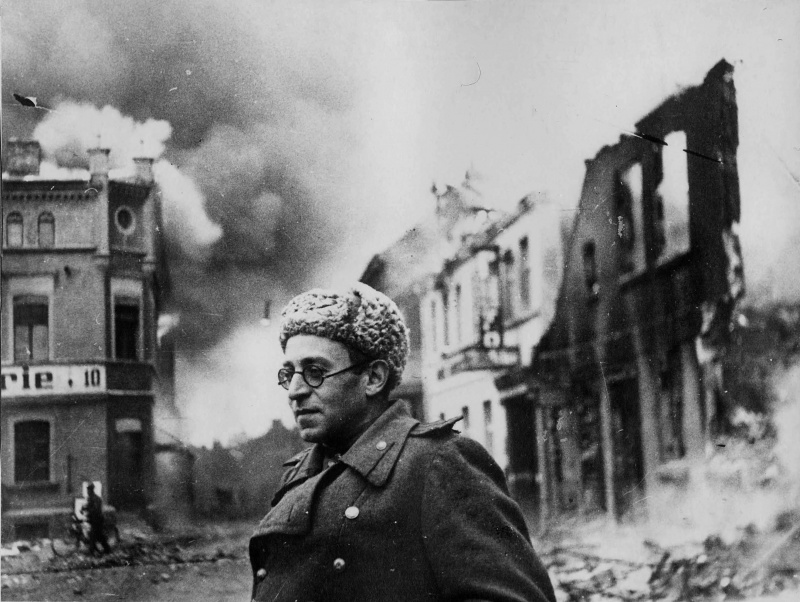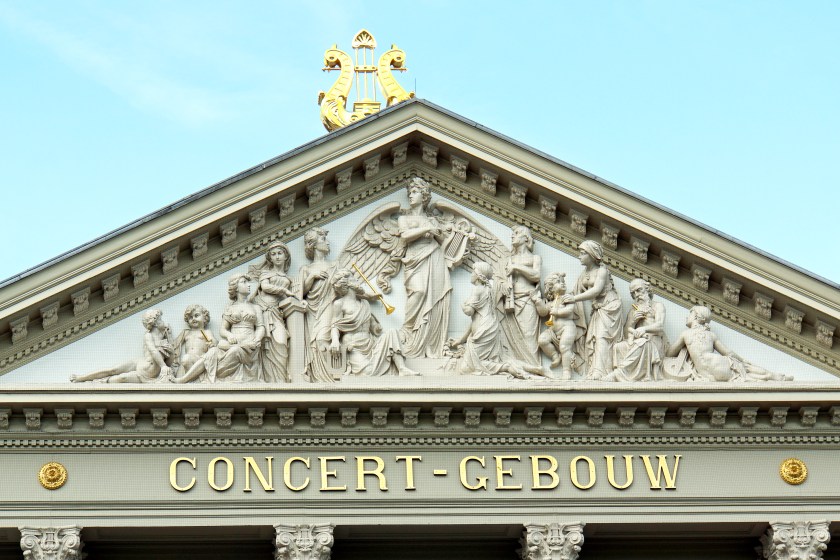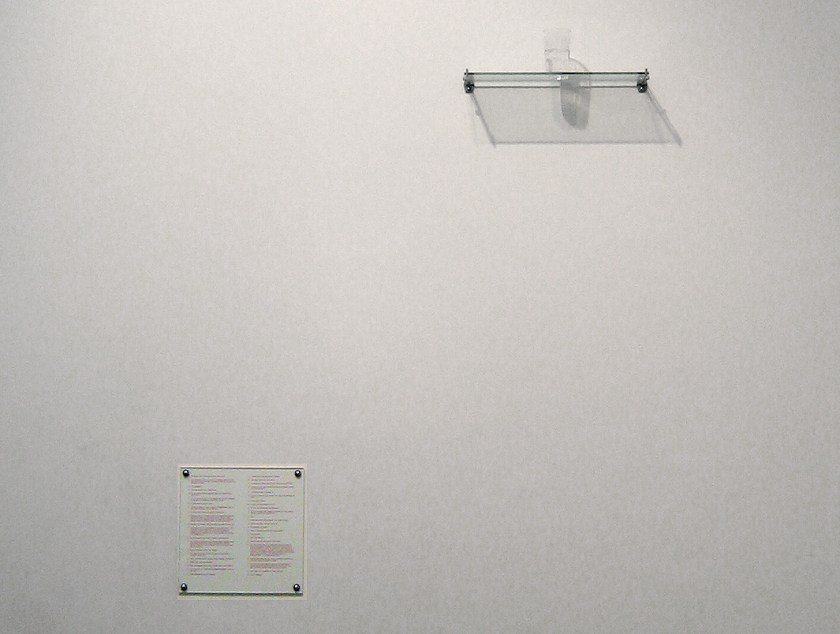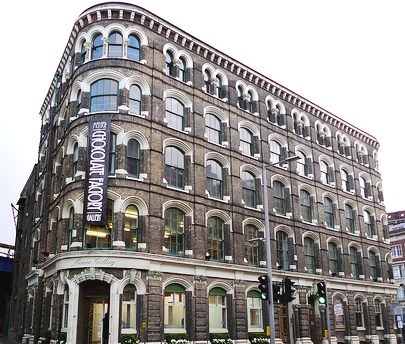
Van Gogh and Japan
Van Gogh Museum Amsterdam, 18th May 2018
There is an episode of the recent excellent BBC series Civilisations, on the history of art, where the presenter Simon Schama explores Japanese woodblock prints from the C!8 and C19 and shows their impact on the Western art canon. We often assume that the revolution in figurative art that came with Impression, Neo-Impressionism and Post Impressionism was born from the societies in which it flourished especially France, (VvG came to Paris in 1886), with some link back to greats from the past, Turner, Delacroix and Courbet. Subjects changed, colour and and the depiction of light intensified, artist got out a bit more. You don’t normally hear about how the flood of art from Japan influenced the way these chaps, (mostly chaps as always), saw their world.
This exhibition seeks to show the link between Van Gogh specifically, (it being the Van Gogh museum), and Japanese art but it does rather ram home the connection. Van Gogh collected Japanese prints like they were going out of fashion, which they so weren’t Japonisme being all the rage, so you get to see plenty of his 600 strong own collection, augmented with other jewels from the likes of Hokusai, Hiroshige and Kuniyoshi, contrasted with van Gogh’s own landscapes and other work. There’s even some fascinating direct copies by VvG of Japanese subjects, a bridge and, you guessed it, some blossom on a plum tree. And the exquisite van Gogh shown above is topped by its near neighbour in the exhibition, a bull finch hanging upside down on cherry tree branches by Hokusai. It is breathtakingly beautiful. You can get it as an I-Phone case. Not quite the same.
Oil paint might substitute for woodcut print ink but the same notion of perspective and dynamic, panoramic landscape leaps out. The thoughtful look in portraiture. The attempts to capture the detail of nature. Bold colours, uncluttered composition, clear lines, cropping. Your response might not be quite the same, reflecting the cultural history imposed upon you, but the ideas and impulses that underpin Impressionism, and the reasons why we can’t get enough of it, are uncannily similar. Van Gogh may not be as pretty-pretty as the generation that proceeded him but we punters can still intuitively grasp what he was about even when he had a bad day, which was most days poor fella.
The famous Self Portrait with a Bandaged Ear which we lucky Londoners can normally see in the Courtauld Gallery has a Torakiyo print of Mount Fuji on the wall. Van Gogh wasn’t alone. There is a Manet portrait of Zola with a sumo picture lurking in the background and Whistler brought the craze to London and copied it in his nocturnes.
Yet the differences are also striking. Oil paint adds texture. The woodcuts are flat. Van Gogh’s world is filled with unease, the Japanese masters exude calm (or am I just lazily stereotyping). Style contrasts with substance. Japanese art is steeped in the collective, in reverence for history and nature. Van Gogh peers at the individual and confronts head on the past and the world around him. Van Gogh is utterly devoid of irony or humour. He was, as we know, a serious fellow. The Japanese work was made to sell, (especially to us gullible gaijin), without his brother VvG would have been f*cked economically and artistically. That is why he is tortured genius personified. That, and the mental illness, a source of prurient audience fascination even as his descendants stewarded his work.
So the exhibition succeeds in showing the historical link between the two artistic cultures and the part Japan played in changing the direction of Western art. The questions art poses are universal even if the answers can vary through time and place. That is why VvG was taken with the idea of bringing his fellow artists together in some sort of Zennish brotherhood collective. The Occident and the Orient has been patronising each other for many hundreds of years. It also shows both the socio-economic and historical differences between the two worlds.
What it doesn’t do is show the actual art of either Van Gogh or the Japanese masters to best effect. Van Gogh, perhaps more than any other canonic Western artist, jumps off the canvas and wrestles the viewer to the ground. Old boot, chair, field, self, man, woman, flowers, vase. It doesn’t matter what the subject is, you cannot not stare. Of course you can whizz through like so many punters were doing in the main collection as it filled up. (I got in the queue on the opening – they have slot times now – and bounded up – well took the lift actually – to the top floor which I had moreorless to myself for twenty minutes or so). Even the cultural tickers and phone clickers though get pulled up by something from van Gogh.
In contrast the Japanese prints need a bit of proper looking. That takes time. When some hulking VvG landscape is lurking nearby they get pummelled. No matter. There are just so many astounding things to see in this exhibition that it doesn’t really matter if you accept or reject the message of cultural globalisation. Just enjoy.

